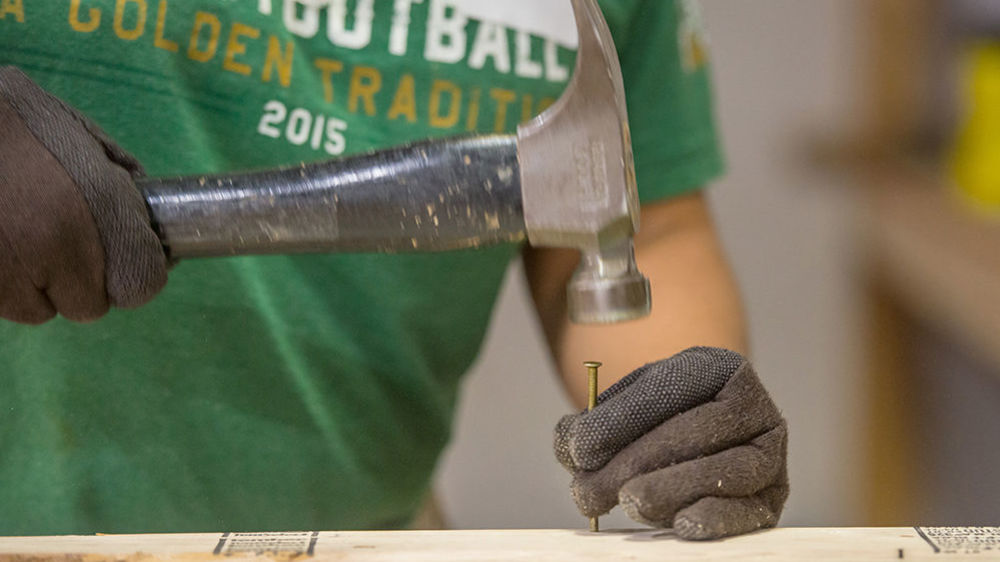According to the 2018 Regional Economic Impact Report, students, faculty and staff logged 93,000 community engagement hours last calendar year. Faculty and staff served 27,945 of those hours.
But neither figure comes close to reality, says Jay Caponigro, director of community engagement.
He estimates the total for 2017, or any given year, is closer to 300,000 hours.
The data would be more precise if faculty and staff consistently entered hours into engage.nd.edu, a database developed for the Office of Public Affairs and Communications (OPAC) to document and collect data on the University’s community engagement activity.
“Notre Dame has a great story to tell about engagement,” Caponigro notes, and an accurate account of community engagement hours — data — is quantitative storytelling.
Increasingly, organizations such as the Carnegie Foundation for the Advancement of Teaching ask institutions to demonstrate the impact their service and scholarship has on local communities. In 2010, the Carnegie Foundation recognized Notre Dame with its national classification as an “Engaged Institution.” It’s time to apply for the 2020 designation.
“We are preparing to submit a renewal application,” says Caponigro, speaking of the Notre Dame Carnegie Committee. The committee is made up of representatives from across the University and nominated by the Offices of the President and Provost.
“The committee asks that engaged faculty and staff enter their projects on engage.nd.edu so we can share the breadth and depth of the impact the University has in the region. We hope to demonstrate that indeed, Notre Dame is engaged, invested and committed to a mutually beneficial relationship with our community.”
To load hours, log in to engage.nd.edu with a net ID and password.
“People have complained that the tool is clunky and there are glitches in the system, but we’ve worked with the Office of Information Technologies to make improvements. I encourage people to try it out,” he says.
Caponigro offers some tips, like using the “copy” feature if you have a recurring event from year to year.
“Click on the ‘My Projects’ tab at the top of the page. Open the past project you want to duplicate and at the bottom of that page, click ‘copy’ and you have created a new project. Just give the new project a name or change the year,” he advises.
Also, when considering how many people benefited from your community service, Caponigro uses this example: If you volunteered at a homeless center, you probably didn’t serve all 200 guests, but you helped three staff members fold and sort clothes, so you helped three people. Enter “3” as the approximate number of people served.
Anyone looking for more direction on how to use engage.nd.edu is welcome to contact Erica Futa, public affairs project coordinator, at efuta1@nd.edu or 631-1190.
